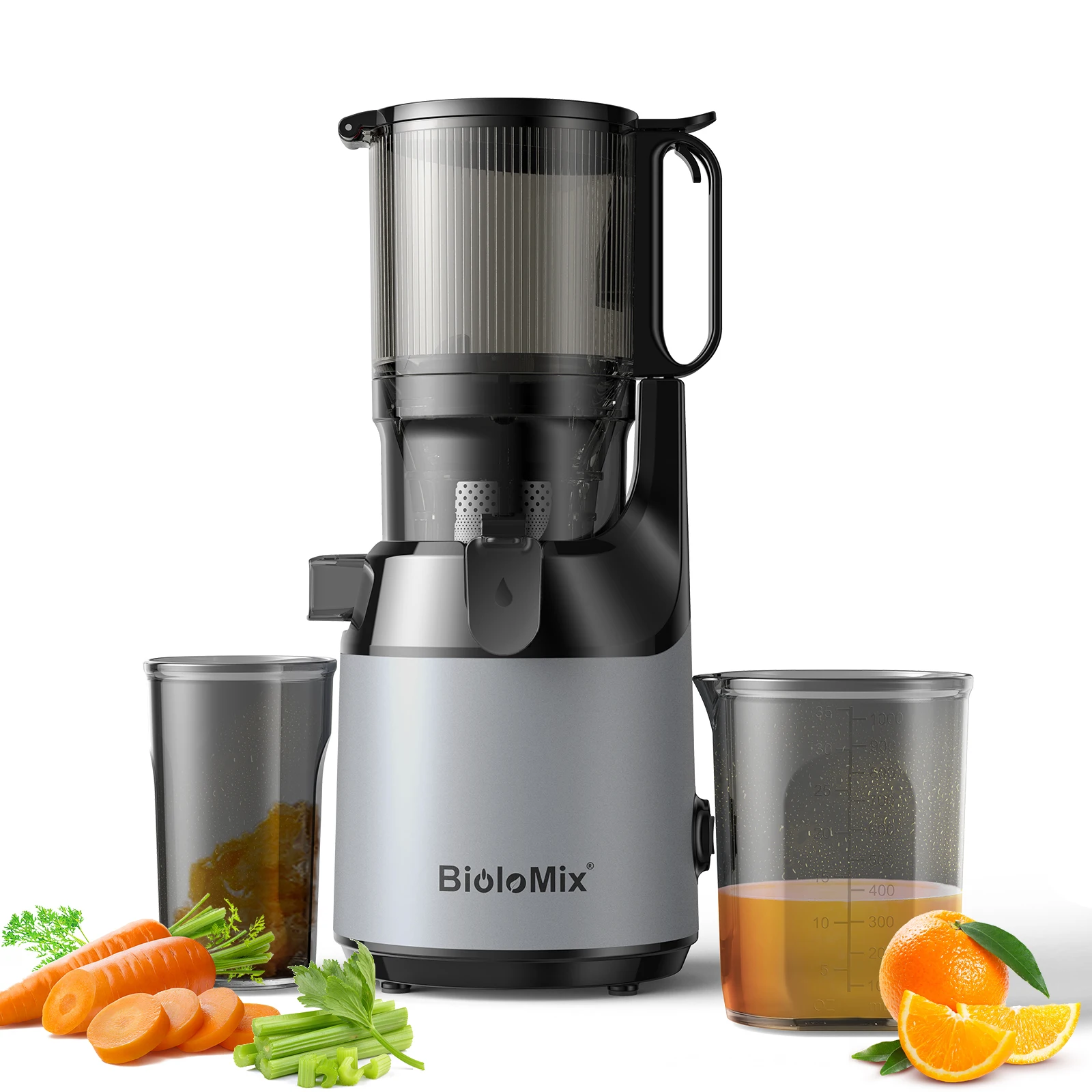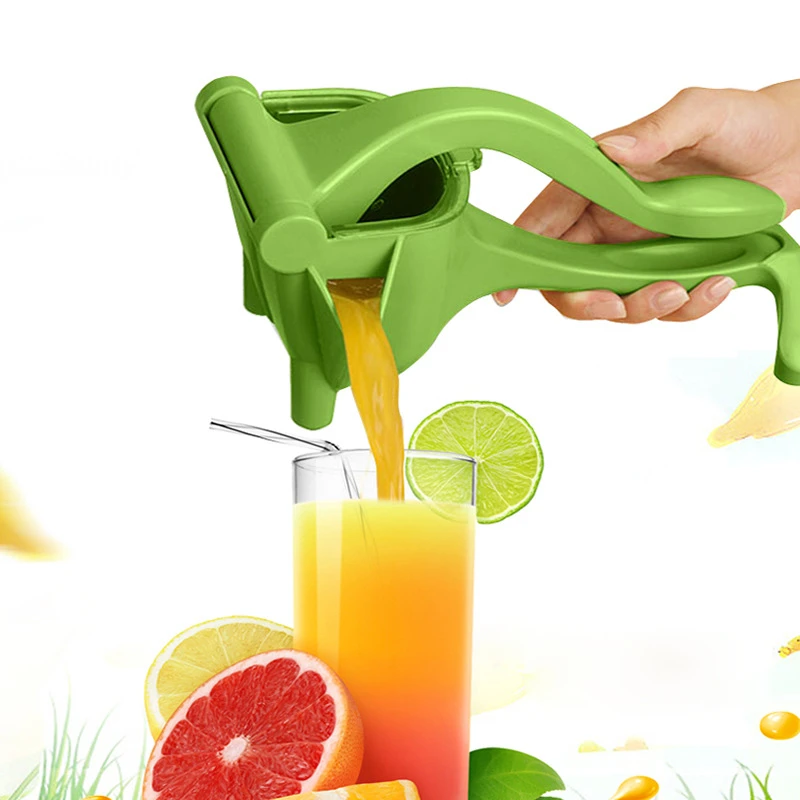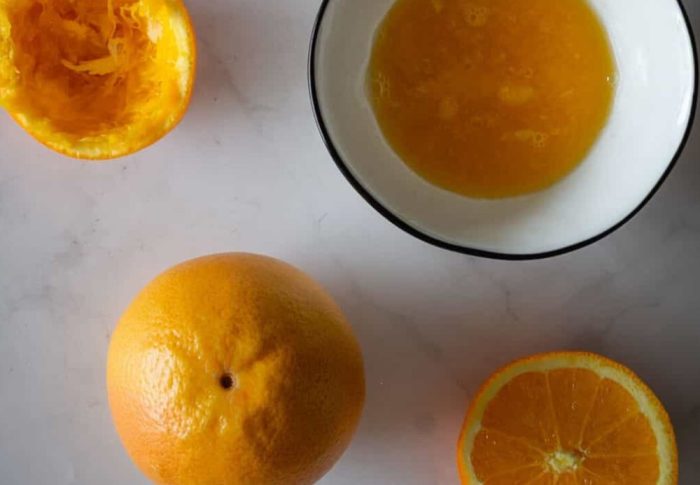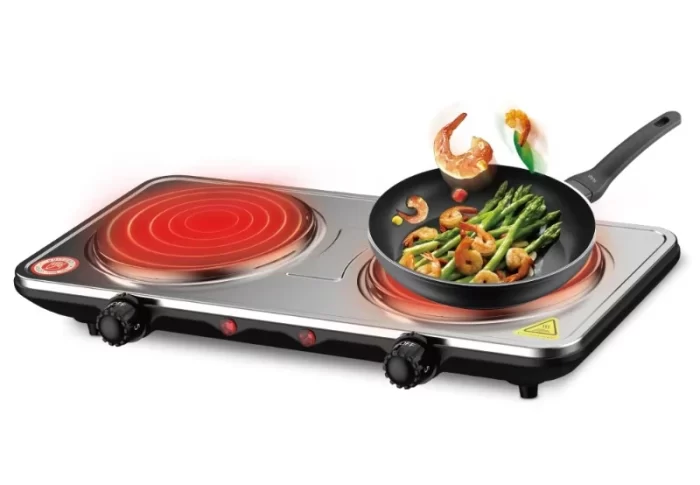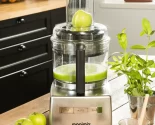
Unveiling the Versatility of Your Juicer Beyond the Basics
In recent years, the popularity of juicing has surged as people become more health-conscious and seek convenient ways to incorporate fruits and vegetables into their diets. A common question that arises in this context is: what does a juicer do? This article aims to provide a comprehensive understanding of juicers, their types, benefits, and contributions to a healthier lifestyle.
The Basics of Juicing
Juicing is the process of extracting the liquid from fruits and vegetables, resulting in a nutrient-rich beverage that showcases the flavors and health benefits of its ingredients. Unlike a smoothie, which often contains whole fruits and vegetables blended together, juicing removes fiber while concentrating vitamins, minerals, and other beneficial compounds. This distinction is significant for those who may struggle with digestion or are looking for a quick way to consume a concentrated dose of nutrients.
How Juicing Works
The mechanics of juicing can vary depending on the type of juicer used. Most juicers operate by mechanically separating the juice from the pulp. This process can involve pressing, grinding, or simply blending the produce and filtering out the solids. Here’s a breakdown of how juicers typically work:
- Preparation: Fruits and vegetables are washed and cut into manageable pieces. This step is crucial because certain fruits, like apples and pears, can contain pesticides if not thoroughly washed.
- Juicing Process: The prepared produce is fed into the juicer’s feeding tube. Depending on the model, the juicer will either masticate or spin the produce at high speeds, breaking it down and extracting the juice.
- Pulp Separation: The extracted juice is collected in a container, while the leftover pulp is ejected into a separate compartment. The pulp contains much of the fiber and some nutrients that are discarded in the juicing process.
- Serving: The juice can be consumed immediately or stored in an airtight container. However, it’s recommended to drink fresh juice soon after extraction to maximize nutrient retention.
Nutritional Value of Juicing
Juicing offers several nutritional benefits. Here are some key aspects to consider:
- High Concentration of Nutrients: By consuming juice, you can easily access a concentrated source of vitamins and minerals, such as Vitamin C, carotenoids, and antioxidants.
- Enhanced Digestion: Juicing can improve digestion for some individuals, as the liquid form of nutrients is often easier for the body to absorb compared to whole fruits and vegetables.
- Hydration: Juicing can contribute to your daily hydration needs, especially when using water-rich fruits and vegetables such as cucumbers and watermelon.
- Detoxification: Many proponents of juicing advocate its ability to support detox diets, as the nutrients may help the liver and other organs flush out toxins.
Different Types of Juicers
Understanding the different types of juicers can help you choose one that best suits your needs. Here are the main types available:
1. Centrifugal Juicers
Centrifugal juicers are among the most common juicers found in homes. They operate using a high-speed spinning mechanism that grinds fruits and vegetables and uses centrifugal force to separate juice from pulp.
Pros:
- Fast and convenient.
- Generally more affordable.
- Easy to clean and use.
Cons:
- Less efficient, often resulting in a lower juice yield.
- High-speed operation can generate heat, potentially damaging some nutrients.
- Not ideal for leafy greens or hard vegetables.
2. Masticating Juicers
Masticating juicers, also known as slow juicers or cold-press juicers, operate at a slower speed, crushing and squeezing produce to extract juice. They are renowned for their efficiency in juicing leafy greens and soft fruits.
Pros:
- Higher juice yield compared to centrifugal juicers.
- Retains more nutrients due to low oxidation and no heat generation.
- Better for juicing a wide range of produce, including greens.
Cons:
- Typically more expensive.
- Slower juicing process compared to centrifugal juicers.
- More complicated cleaning process.
3. Twin Gear Juicers
Twin gear juicers utilize two interlocking gears that chew up and extract juice from produce. They are considered the top-tier juicers among enthusiasts for their efficiency and nutrient retention.
Pros:
- Extremely high juice yield.
- Great for both soft and hard produce.
- High nutrient retention due to the cold-press juicing process.
Cons:
- The most expensive option on the market.
- Heavier and bulkier, requiring more storage space.
4. Citrus Juicers
Citrus juicers are specifically designed for juicing citrus fruits like oranges, lemons, and limes. They come in both manual and electric varieties.
Pros:
- Simple to use and clean.
- Great for making fresh juice quickly.
- Inexpensive and compact.
Cons:
- Limited to citrus fruits; not versatile for other types of produce.
- Lower juice yield than other types of juicers.
Health Benefits of Juicing
Juicing offers various health benefits, contributing significantly to overall wellness. Here are some notable advantages:
1. Improved Nutrient Absorption
Juices are absorbed more readily by the bloodstream compared to solid foods. This rapid absorption means that vital nutrients can quickly reach cells, helping to improve energy levels and overall vitality.
2. Boosted Immune System
Incorporating a variety of fruits and vegetables into your diet through juicing can help bolster your immune system. Ingredients such as citrus fruits provide high doses of Vitamin C, while other produce can offer anti-inflammatory compounds and antioxidants.
3. Weight Management
Juicing can serve as an effective tool for weight management. By replacing a meal with a nutritious juice, individuals can reduce calorie intake without sacrificing essential nutrients. Additionally, juices can help satiate cravings with fewer calories than high-calorie snacks.
4. Improved Skin Health
The vitamins and antioxidants found in fruit and vegetable juices can lead to healthier skin. Ingredients like carrots, beets, and green leafy vegetables contain compounds that contribute to skin rejuvenation and help combat the signs of aging.
5. Enhanced Detoxification
Juicing is often associated with detox diets. While the body has its built-in mechanisms for detoxification, fresh juices can support these processes by providing the body with essential nutrients and increasing hydration.
Tips for Juicing
To get the most out of your juicing experience, here are some practical tips:
1. Use Fresh, Organic Produce
Choosing organic produce when possible can reduce pesticide exposure, allowing you to benefit fully from the nutrients in your juice. Freshness also contributes to flavor and nutrient content.
2. Experiment with Ingredient Combinations
Mixing different fruits and vegetables can yield unique flavors, making juicing an enjoyable experience. Consider experimenting with combinations that include leafy greens for added nutrition.
3. Drink Juices Immediately
To maximize nutritional benefits, consume fresh juice shortly after juicing. If you need to store juice, use an airtight container and refrigerate it to minimize nutrient loss.
4. Clean Your Juicer Properly
Cleaning your juicer after each use is vital for maintaining hygiene and ensuring longevity. Follow the manufacturer’s instructions and disassemble the parts for thorough cleaning.
5. Use the Pulp
Don’t discard the pulp! It can be utilized in soups, stews, baking, or even fiber-rich smoothies. This ensures that not all nutrients are wasted during juicing.
Common Concerns About Juicing
While juicing is beneficial, there are some concerns that individuals may want to consider before fully committing to a juicing regimen.
1. Loss of Fiber
Juicing removes much of the fiber found in whole fruits and vegetables. Fiber is essential for healthy digestion and can also help regulate blood sugar levels. If you are primarily juicing, consider incorporating some whole fruits and vegetables into your diet to avoid fiber deficiency.
2. High Sugar Content
Certain fruit juices can be quite high in sugar, which may be a concern for those tracking their sugar intake or managing blood sugar levels. Including more vegetables and limiting high-sugar fruits can help mitigate this issue.
3. Nutrient Imbalance
Relying heavily on juices for nutrition may lead to an imbalance of nutrients. A diverse diet that includes whole foods is essential for obtaining a broad range of essential vitamins and minerals.
4. Expense
Juicing can become expensive, especially when purchasing high-quality organic produce consistently. Consider budgeting for your juicing activities and exploring local farmers’ markets for fresh, cost-effective options.
 Conclusion: What Does a Juicer Do?
Conclusion: What Does a Juicer Do?
In conclusion, a juicer is a powerful kitchen appliance that extracts liquid from fruits and vegetables, resulting in nutrient-rich beverages that support health and wellness. By understanding the various types of juicers, health benefits, and practical juicing tips, individuals can make informed choices that complement their lifestyle. Ultimately, what does a juicer do? It opens the door to a world of flavors and nutritional possibilities, encouraging you to lead a healthier life with every sip. Embrace the juicing journey and experiment with different combinations, observing how they positively influence your personal health journey.

